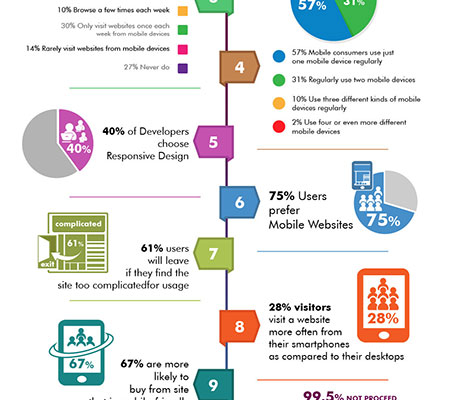Eager To Discover How Internet Site Layout Has Transformed Gradually? Dive Into The Development From Simplicity To User-Focused Experiences
Eager To Discover How Internet Site Layout Has Transformed Gradually? Dive Into The Development From Simplicity To User-Focused Experiences
Blog Article
Post Composed By-Kahn Trolle
In the past, internet sites were simple and focused on info. Navigation was straight, and design was for desktop computers. Now, user experience is vital. Data overviews styles for very easy navigation. Receptive layouts fit different tools. Today, dark setting decreases strain, and minimal menus enhance navigating. Interactive attributes involve individuals, and bold visuals stand out. AI integration increases engagement. See exactly how design has evolved to boost your on-line journey.
Very Early Days of Web Design
In the very early days of web design, simplicity preponderated. Sites were standard, with limited colors, fonts, and formats. The focus got on offering details instead of showy visuals. Users accessed the net via slow dial-up links, so speed and capability were crucial.
Navigation food selections were straightforward, normally located at the top or side of the page. Internet sites were created for home computer, as mobile surfing had not been yet prevalent. Web content was king, and designers focused on easy readability over complex design components.
HTML was the primary coding language made use of, and developers had to work within its restrictions. Computer animations and interactive attributes were very little contrasted to today's requirements. Web sites were static, with little dynamic material or personalized individual experiences.
Surge of User-Focused Design
With the evolution of internet site style, a shift towards user-focused style concepts has actually ended up being progressively famous. Today, producing sites that focus on customer experience is crucial for involving visitors and accomplishing service goals. User-focused design includes understanding the requirements, preferences, and actions of your target audience to customize the web site's design, web content, and features as necessary.
Designers now perform comprehensive research, such as customer studies and use testing, to collect insights and feedback directly from individuals. This data-driven approach helps in developing intuitive navigation, clear calls-to-action, and visually enticing interfaces that reverberate with visitors. By putting the customer at the center of the style procedure, web sites can supply a more tailored and satisfying experience.
Receptive layout has likewise emerged as an essential element of user-focused layout, guaranteeing that websites are optimized for numerous tools and display sizes. This versatility improves ease of access and use, dealing with the varied methods customers interact with sites today. Basically, the rise of user-focused design signifies a change in the direction of producing electronic experiences that focus on the demands and expectations of the end individual.
Modern Trends in Website Design
Check out the latest trends shaping web design today. One noticeable trend is dark setting style, using a smooth and contemporary appearance while lowering eye pressure in low-light environments. https://www.google.com/maps/place/Moon+and+Owl+Marketing/@32.9757271,-106.5344695,1840583m/data=!3m1!1e3!4m6!3m5!1s0x864ddeaa4179705b:0x488d41d2cc6b9750!8m2!3d32.9757271!4d-97.5696258!16s%2Fg%2F11b6mpccrg?entry=ttu&g_ep=EgoyMDI1MDIxMS4wIKXMDSoJLDEwMjExNDUzSAFQAw%3D%3D is minimal navigation, streamlining menus and enhancing individual experience by concentrating on essential elements. Including micro-interactions, such as computer animated switches or scrolling impacts, can create a more interesting and interactive site. Receptive design continues to be vital, guaranteeing seamless customer experiences throughout different gadgets. Additionally, utilizing strong typography and asymmetrical layouts can include aesthetic passion and draw attention to certain web content.
Integrating AI technology, like chatbots for client assistance or personalized suggestions, boosts individual interaction and improves processes. Access has likewise end up being a substantial fad, with designers prioritizing comprehensive layout methods to deal with varied user demands. Embracing sustainability by enhancing site performance for rate and effectiveness is an additional arising trend in web design. Collaborating with customer feedback and information analytics to repeat and boost layout continually is essential for staying relevant in the ever-evolving digital landscape. By welcoming these contemporary patterns, you can develop an aesthetically attractive, straightforward site that reverberates with your target market.
Final thought
As you assess the evolution of site style from the early days to now, you can see just how user-focused design has become the driving pressure behind modern-day trends.
Accept the journey of adjustment and adaptation in website design, constantly maintaining the customer experience at the forefront.
Remain present with the most up to date patterns and modern technologies, and never ever stop developing your approach to develop aesthetically sensational and user-friendly sites.
Evolve, adjust, and create - the future of website design remains in your hands.
